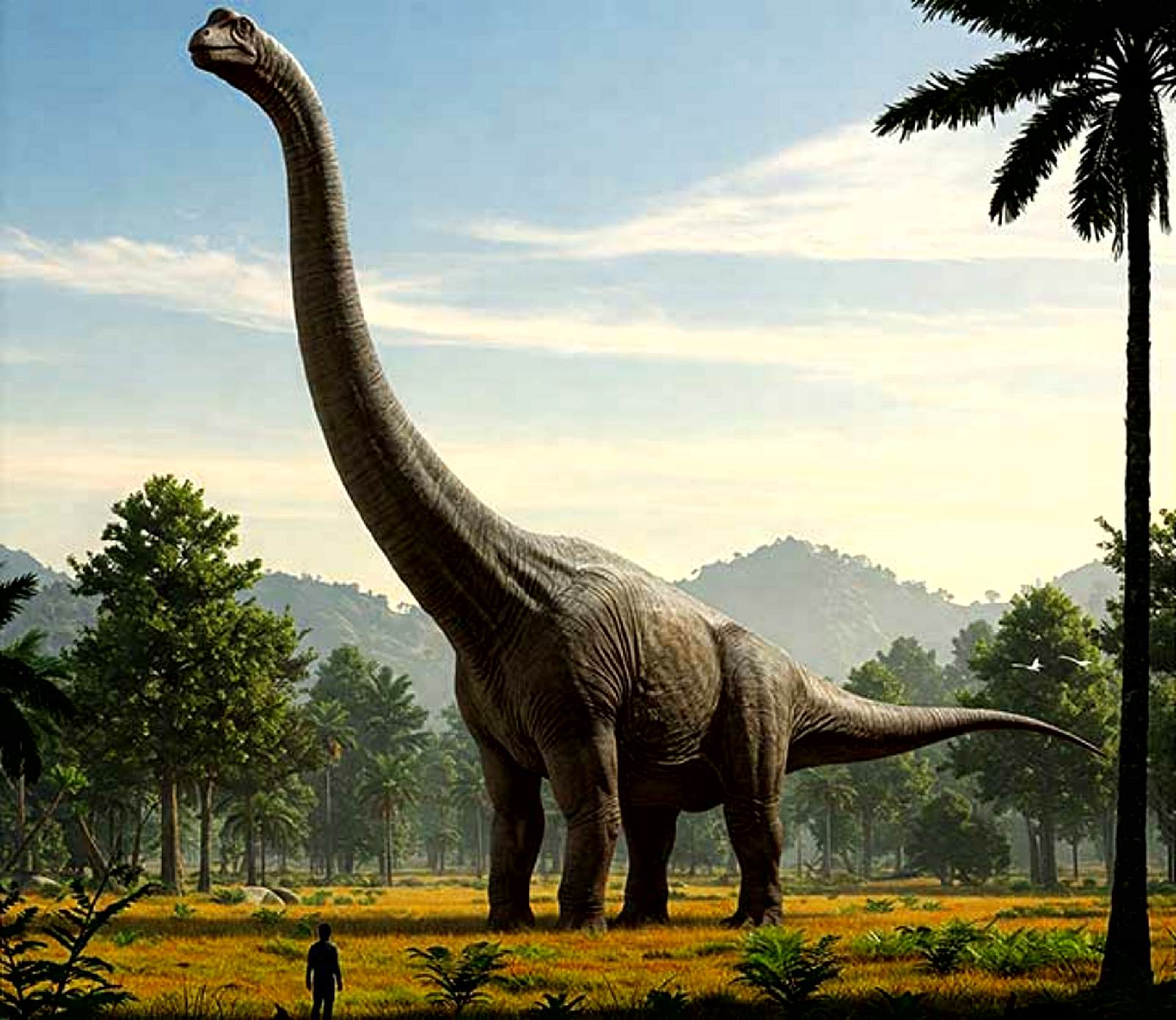Psyche
Psyche is a large M-type asteroid, with an estimated diameter of 226 kilometers (140 miles). This is slightly larger than the state of Rhode Island, and about half the size of the state of West Virginia.
In comparison, the Earth's metal core has a radius of about 3,485 kilometers (2,165 miles), and a diameter of about 6,970 kilometers (4,330 miles). This means that Psyche is about 1/30th the size of the Earth's metal core.
In most M-type asteroids, the metal is concentrated at the center of the asteroid. This is because metal is denser than rock, so it sinks to the center of the asteroid as it forms. However, there are a few possible explanations for why Psyche may be different:
Psyche may be the exposed core of a protoplanet. A protoplanet is a small, rocky body that is thought to be the precursor to a planet.
If Psyche is the exposed core of a protoplanet, it may have lost its rocky mantle due to a giant collision.
Psyche may have formed from the debris of a giant collision. If Psyche formed from the debris of a giant collision, it may be a mixture of rock and metal, with the metal concentrated on the surface.
Psyche may have experienced a type of iron volcanism. Iron volcanism is a type of volcanic eruption that produces molten iron instead of molten rock. If Psyche experienced iron volcanism, it could explain why the metal is concentrated on the surface.
The process by which metal is concentrated at the center of an asteroid is called differentiation. Differentiation occurs when an asteroid is molten and the heavier metals sink to the center, while the lighter rocks float to the surface.
The most likely explanation for why Psyche is a metal-only core asteroid is that it is the exposed core of a protoplanet. However, more research is needed to confirm this.
Psyche's unusual spin is one of the things that makes it so interesting to scientists. Psyche rotates once every 4.2 hours, which is much faster than most other asteroids. This fast rotation could be due to a very large collision.
One hypothesis is that Psyche was once part of a larger asteroid that was shattered by a collision. The collision would have given Psyche a lot of energy, which would have caused it to spin faster.
Another hypothesis is that Psyche was once part of a protoplanet that was disrupted by a collision. The collision would have caused the protoplanet to break up into smaller pieces, one of which is Psyche. The collision would have also given Psyche a lot of energy, which would have caused it to spin faster.
It is also possible that Psyche's fast rotation is due to a combination of factors, such as a large collision and the presence of a magnetic field.
More research is needed to determine the exact cause of Psyche's fast rotation, but it is clear that the asteroid has a unique and fascinating history.
Psyche is also tilted to the horizontal. It has an axial tilt of 98 degrees, which means that its axis of rotation is almost perpendicular to the plane of its orbit. This is also very unusual for an asteroid.
One hypothesis for Psyche's unusual tilt is that it was caused by a large collision. The collision could have caused Psyche to spin faster and to tilt on its axis.
Another hypothesis is that Psyche's tilt is due to the presence of a magnetic field. Magnetic fields can interact with the solar wind, which can cause asteroids to tilt on their axes.
It is also possible that Psyche's tilt is due to a combination of factors, such as a large collision and the presence of a magnetic field.
More research is needed to determine the exact cause of Psyche's unusual tilt, but it is clear that the asteroid has a unique and fascinating history.
Psyche is believed to be made mostly of iron and nickel, just like Earth's core.
The asteroid's composition also makes it, at least in theory, almost unfathomably valuable. Its estimated worth is $10,000 quadrillion, or $10,000,000,000,000,000,000.
That's vastly more than the estimated $86 trillion gross domestic product (GDP) of all the nations on Earth combined (that number comes from the World Economic Forum).
Of course, it would be improbable anyone could ever bring it back to Earth, and even if was brought back, flooding the market with this much iron and nickel all at once would make it's value practically nothing.
NASA's Psyche mission will help scientists learn more about the asteroid's tilt and other characteristics. The mission will also study Psyche's composition, magnetic field, and gravity field, which could provide clues about its internal structure and history.
Unlikely Buddha 2023



Comments
Post a Comment